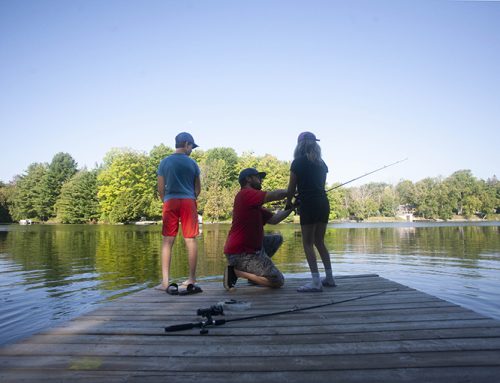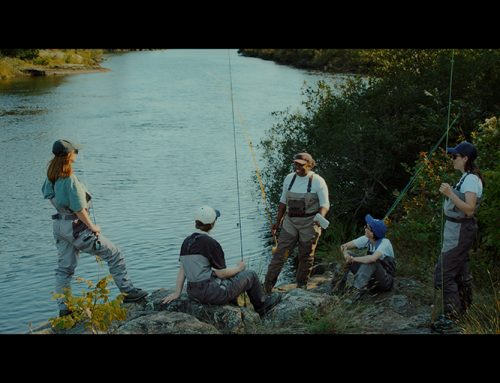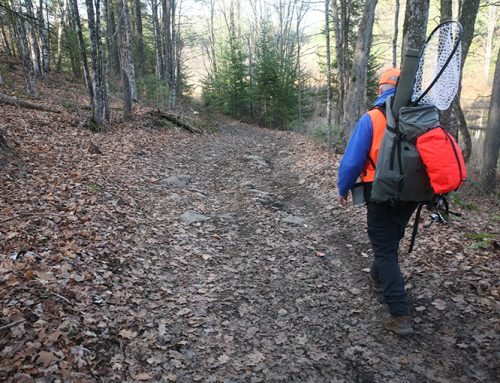
Ohio will offer its farmers financial incentives to adopt new agriculture practices and create a network of wetlands to filter field runoff as part of plans to combat toxic algae in Lake Erie, according to media reports.
The state’s patchwork of mostly voluntary efforts haven’t slowed the farming fertilizers that feed algae blooms, John Seewer reported in The Associated Press.
“We can’t move forward as a state unless we preserve Lake Erie,” Ohio Gov. Mike DeWine said as he announced $172 million to boost water quality and plans to pay farmers to voluntarily take part.
Others watching
Ohio’s broad approach is being watched closely by states struggling with an increasing number of algae outbreaks, Seewar reported.
Farmers will begin finding out this month how Ohio intends to distribute some $30 million in incentives and what the money will cover, he wrote.
Last summer’s bloom covered much of the American side of Lake Erie and extended to the Canadian mainland near Colchester, Ontario.
Scientists from both countries researched the bloom, which was so vast it could be seen in images taken from space.
Fish could be threatened
Unnatural and excessive amounts of nutrients, like phosphorus and nitrogen, can result in harmful blooms, as well as oxygen deficiency that can threaten the health of a fishery, Ontario Federation of Anglers and Hunters (OFAH) fisheries biologist Adam Weir said.
Studies have shown that roughly 85% of the phosphorus going into Lake Erie comes from agriculture, Seewar reported.
Cyanobacteria — or blue-green algae — can form blooms that contain harmful toxins like microcystin that are dangerous to fish, wildlife, and humans.
In the summer of 2014, a western Lake Erie bloom prompted a multi-day drinking water ban for hundreds of thousands of residents of Toledo, Ohio, after officials found algae-based toxins in the municipal water supply.






Leave A Comment